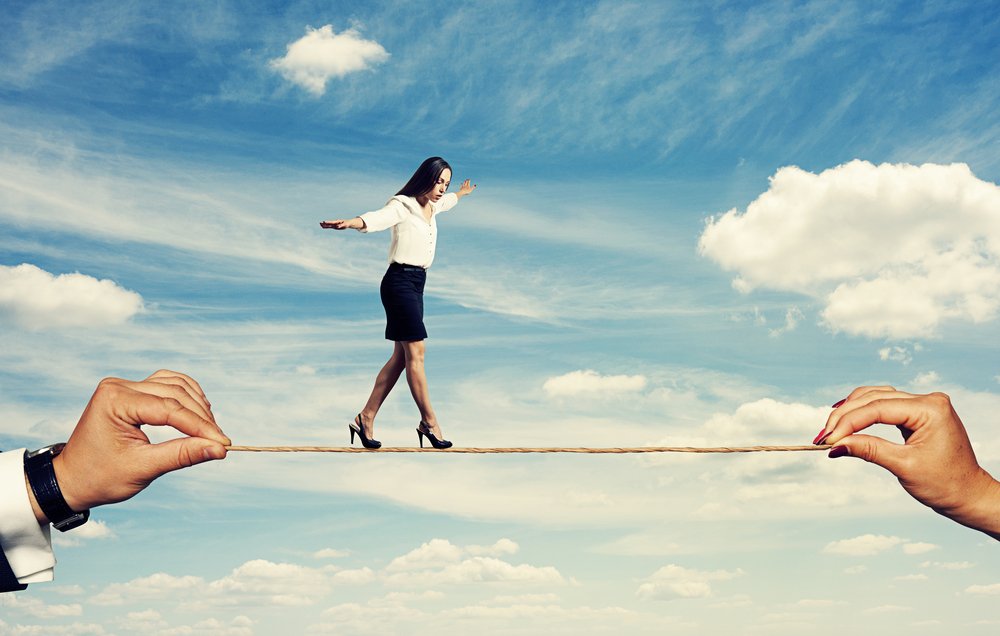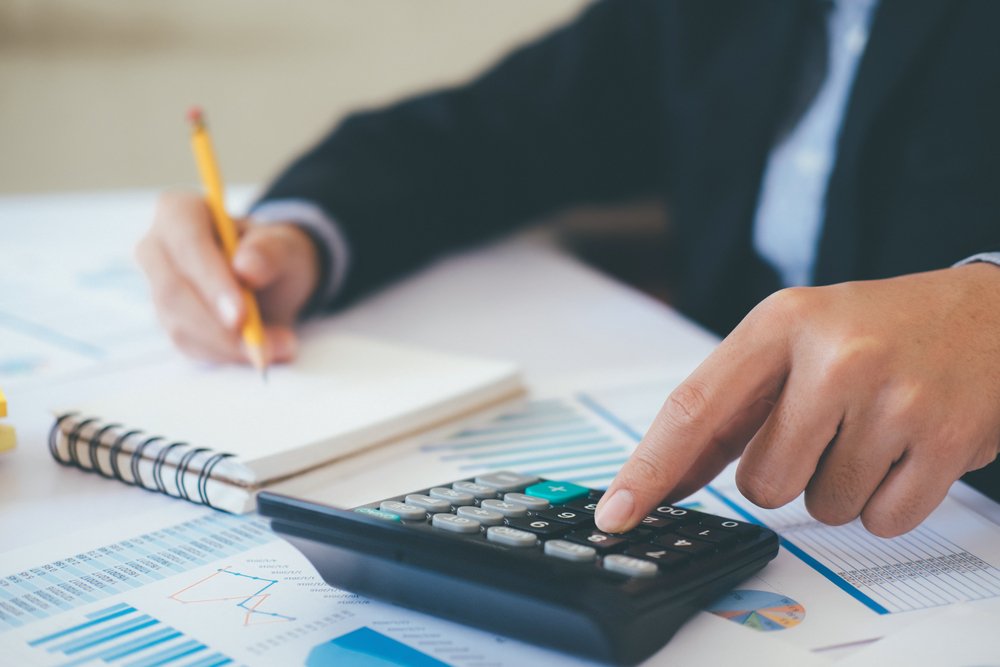
An industry expert doesn’t see a scenario where Canada enters a recession this year or any other year in the near future.
Guido Vildozo, senior manager of Americas light vehicles sales forecasting at S&P Global Mobility, told attendees of AIA Canada’s recent National Conference that there were fears of a recession late last year, but the country has progressed well enough to avoid it.
“We are no longer going into recession in Canada,” he stated.
However, growth won’t be very much. It will be below what the country has generally put out in the last few decades for the foreseeable future. He reported expectations of growth of 1.5-1.8 per cent for 2024 and 2025.
“The big takeaway here is, yes, the news is encouraging — mostly throughout the world, we’ve got a more positive tone coming into this — but please do keep in mind that this is below what we have seen over the last 30 years for Canada,” Vildozo said.
The gross domestic product has generally grown at about 2.2 per cent over the last three decades.
“So please keep that in mind. Yes, we are growing, we’ve avoided a recession. But we will have sticky inflation,” he observed. “And for some of you, sticky inflation may mean higher raises to your employees, if you want to keep them — as in what you’ve given them is not enough already.”
But don’t expect any relief on interest rates, Vildozo warned. Sticky inflation means that those numbers will remain elevated. While they may normalize, it won’t be the normal of the previous 50 years but closer to the last 10, pre-pandemic.
“Meaning we are going to encounter higher interest rates when we want to finance a vehicle,” he said, tying this issue into future vehicle sales.
Vildozo noted that high financing rates are taking knocking out about 60 per cent of vehicle volume sales globally.
As for vehicles in operation, expectations are there will be 90 million new units sold in 2025, which would be in line with 2019 — so it will take a few more years to get back to where numbers were before. And that’s down from 100 million initially projected before the COVID-19 pandemic. That won’t be reached until 2030.
“Great [news] if you have a slice of the pie in the aftermarket business because it means that there will be a lot of demand for your parts,” Vildozo said.












Leave a Reply